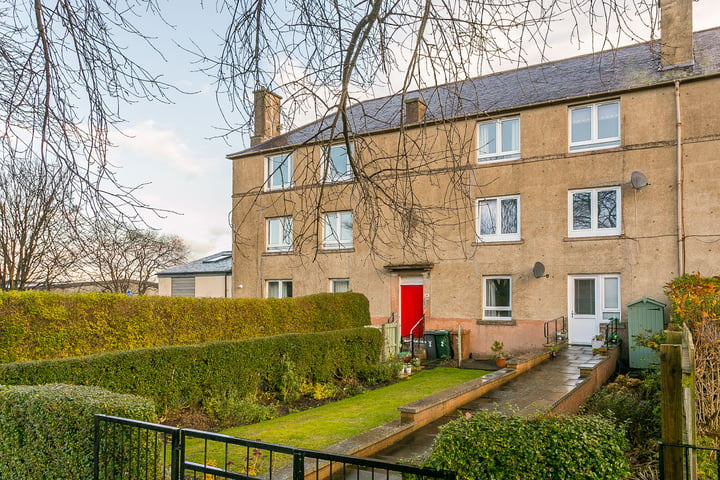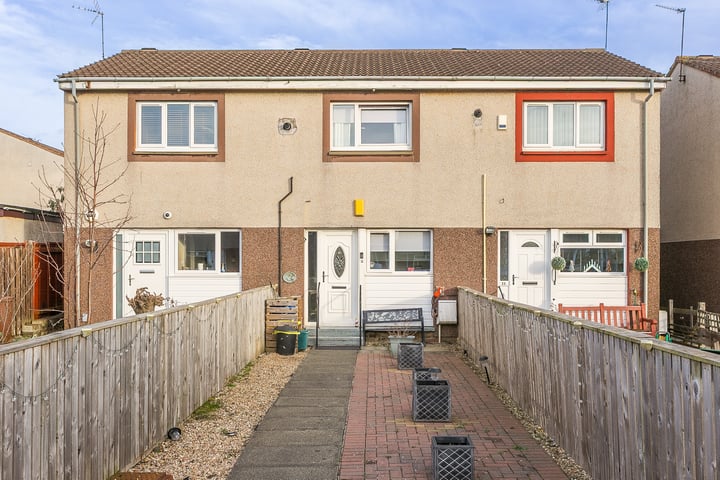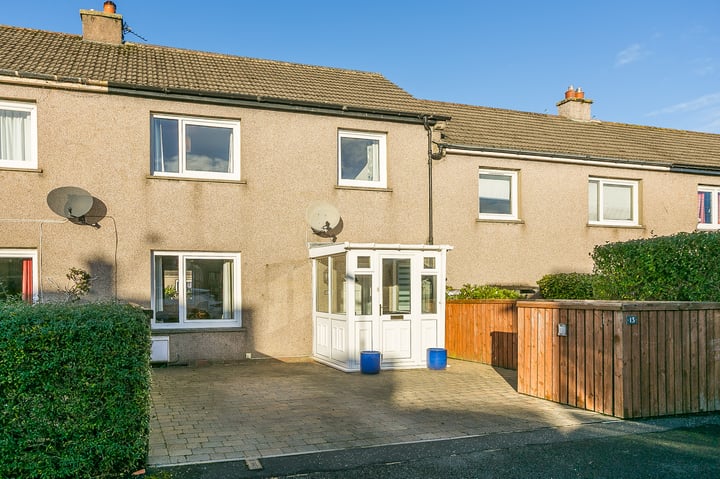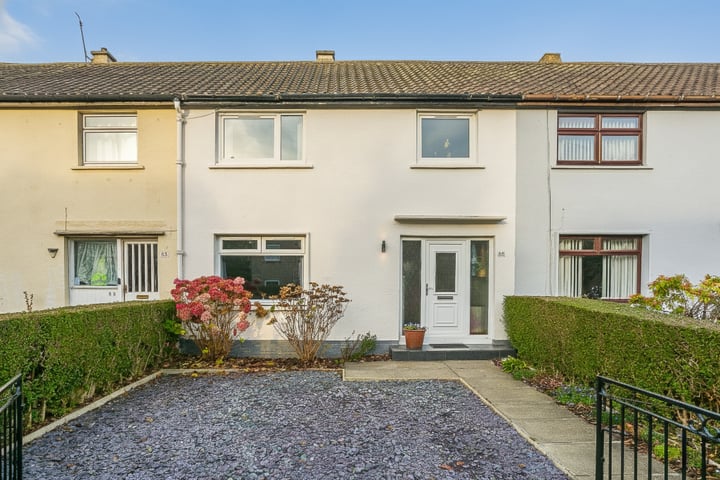Budget 2011 Special! What Have I Written About Below and Why Should You Carry On Reading?
George Osborne had his 15 Minutes of fame last week, announcing the Budget for 2011-12. There was not a huge amount in there for those looking at purchasing or selling a property in Scotland. In other news, initiatives were announced for local authorities to team-up with lenders to help First Time Buyers onto the housing ladder, with mixed reactions from commentators. In addition, there was some good news for people looking to remortgage, or indeed to get a new mortgage (assuming they have a sizeable deposit). I will cover all of that below.
However, for those of you who aren’t really interested in all the nitty-gritty of what has been happening in property-related news this past month, or for those of you who always skip to the last page of a book before deciding to read the rest of it, I thought I might present my Conclusions prior to the Facts!
Conclusions on The Budget and Other Property News, Plus What Have We at MOV8 Seen Happening in the Property Market in March?
Whilst £1 million of Council funding to assist First Time Buyers in the Lothians, better mortgage rates, a freeze on Stamp Duty payable by First Time Buyers on properties under £250,000 are all good things, does it really help to kick-start the housing market locally? The answer, I fear, is ‘no’. All of this helps to stabilise the property market and to benefit those who already would have been able to secure the funding, or who don’t require mortgage funding, regardless of these initiatives. They help to keep more money in the hands of private individuals and less in the hands of the government.
However, the issue that we have to return to, time and again is that the supply of mortgage funding to property buyers remains strangled. This might all be for very good reasons and we certainly don’t want to see banks that, ultimately, we have already had to bail-out once, having to come back to the general public and explain that the reason they are losing money is because they have been forced to lend money to people who weren’t credit-worthy. However, until lending criteria relax across the marketplace we won’t see any great increase in the numbers of people who are able to take part in house purchase transactions. And, as long as that happens, the housing market will remain at best ‘flat’ and at worst in steady decline.
We have seen a huge increase in property sales and ‘listing’ activity (properties coming onto the market) in March. This is to be expected due to the season: spring is traditionally busy. What has been heartening is that, in some weeks, the number of properties selling has been almost as many as the number of new properties coming to the market, hinting at an increase in demand compared to supply. We represent a small example within a larger market though and the overall numbers that I’m hearing from other estate agents and from the Press in general do still suggest that the housing market in general remains quite depressed, even in the east of Scotland whose housing market certainly appears to be in ruder health than the rest of the Scottish market (with the exception perhaps of Aberdeen).
That said, as I always say, properties are still selling, particularly good examples of any section of the market. A good one bedroom flat, in nice condition, at the right price, still stands a great chance of selling. Family homes, reasonably priced, are in even higher demand. And a friend of mine recently lost out in a closing date for a family home that sold for more than 20% over the asking price in one of the most desirable areas of Edinburgh: that market is even hotter. So property sellers, or potential sellers, should be far from abandoning hope just yet! However, what is clear is that any kind of swift return to the ‘glory days’ of a few years ago (‘glory’ only if you were an estate agent or property seller!) look increasingly far away. Equally though, looking into a crystal ball, it doesn’t appear that we are likely to see a house price crash in the east of Scotland, at least, in the foreseeable future.
To be honest, I’m not sure how many people want to see 20% per annum price rises again (except for estate agents with a short term view!). I, for one, would rather take a bit of stability against an increasingly grim general economic backdrop where other sectors are still seeing large drops. Let’s keep our fingers crossed, for home owners, that this continues to be the case.
Budget 2011 – Property-Related Highlights
Stamp Duty is to rise to 5% on properties over £1,000,000. This will have a relatively small effect on the Edinburgh and Lothians housing market where the average property price is around £200,000. It will have much more of an effect in the South East of England, for example.
Stamp Duty for First Time Buyers of properties up to £250,000 will remain at 0%. For non-First Time Buyers, it is only 0% up to £125,000 and 1% between £125,001 and £250,000. This is a very welcome break for First Time Buyers and for the time being applies to properties where the settlement date for the purchase is up to and including 24 March 2012.
The Government also announced its FirstBuy scheme to give financial assistance to First Time Buyers who are struggling for a deposit. It does however only apply to new build homes bought from a builder. The Government will contribute 10% and the builder a further 10% with the buyer having to fund only 5% of the deposit. Interest is payable on the funded portions of the deposit although payment of that interest is delayed for a few years. However, it does not apply to purchases in Scotland, although this was not made terribly clear in the reporting of the Budget. Shared equity schemes do exist in Scotland and new initiatives whereby local authorities will assist First Time Buyers, in conjunction with certain lenders, have recently been announced.
A new way of calculating Stamp Duty for ‘bulk purchases’ has been introduced as well. This is aimed more at professional landlords. If the buyer chooses, the rate of Stamp Duty Land Tax on purchases of multiple residential properties will be determined by the mean value of the dwellings purchased, subject to a minimum rate of 1%, rather than their aggregate value as is currently the case. The Government claims that this will reduce a barrier to investment in residential property, promoting private rented housing supply, as well as encouraging investment. This is a clear incentive for landlords looking to purchase, for example, six residential flats in a block that are worth £140,000 each but collectively worth £840,000.
Other Property News
Councils to ‘Lend a Hand’ to First Time Buyers
East Lothian Council is one of five local Councils who have agreed to help first-time buyers get on the housing ladder by topping up their deposits. The scheme, called Local Lend a Hand, is aimed at buyers who can afford the monthly mortgage repayments but do not have a lump sum saved up.
The Council will put 20% of the price in a Lloyds TSB account, with the lender asking for a 5% deposit. It should be noted that buyers will have to pay interest on the full amount borrowed, including the local authority loan, but will benefit from slightly lower interest rates than they would normally pay for a 90% loan. The Council risks losing money if a buyer defaults, but they get a generous interest rate themselves, although according to the Guardian newspaper the interest rate is about the same as they would get in a standard bank account. The scheme could benefit up to 300 first-time buyers in each area, but if other councils join, thousands could potentially benefit.
East Lothian council has agreed to put £1m into the scheme. According to the Guardian, a local councillor stated that he hoped it would help people to purchase their Council houses and relieve some of the pressure on council housing: “The typical one-bed first-time buyer property here costs between £80,000 and £100,000, so you would [normally] need a £25,000 deposit. That’s a big deposit to build up.”
A repayment loan for £95,000 through the Local Lend a Hand scheme is likely to cost about £566 at the lower 5.09% rate, and £618 at the higher 5.79% rate.
The question obviously remains: if you have to pay that amount for a £100,000 property, is it worth taking the risk of buying a property at all? The people behind the scheme obviously think the answer is, ‘Yes’. Further questions must be raised as to whether or not this really is a good use of public funds, a question that a lot of people, if you look at the comments at the bottom of these stories online, have a lot of strong opinions on!
Better Mortgage Rates Available for Mortgage and Re-Mortgage
There were reports this month that borrowers who are coming to the end of their fixed rate or tracker mortgages will now have more options available to them, after a number of high-street lenders reduced their fixed rates and launched other loan products. Several lenders cut the cost of their fixed-rate loans because the interest rates at which lenders lend money to each other (‘swap rates’) reduced. According to the Financial Times, lenders are clearly betting that interest rate rises will be slightly delayed from the originally-predicted date of June this year.
This is of course great news for anyone looking to remortgage in the coming months and can do nothing to harm the housing market. Availability of these rates of course depends on whether potential borrowers meet the lenders’ lending criteria and that perhaps is the larger stumbling block that property owners face, with the value of their property having fallen since they took their original loan out and there ‘loan to value’ meaning it is less likely that they will meet the lenders’ loan-to-value criteria now than when the original loan was taken. Other reports this month have stated that mortgage lending has remained ‘flat’ in the past month, based on statistics from the Council of Mortgage Lenders, which suggests that there is certainly no surge of people finding finance available to them that will enable them to get onto, or more up, the property ladder.






Leave a Reply